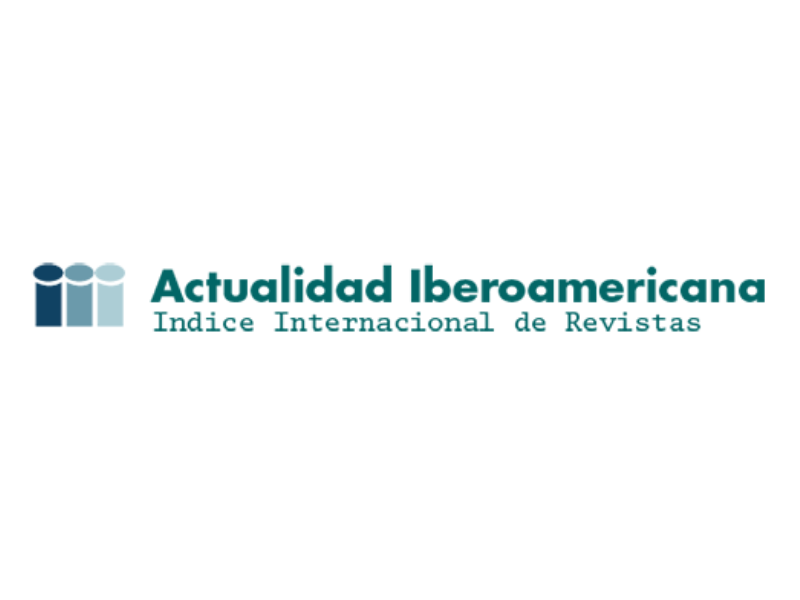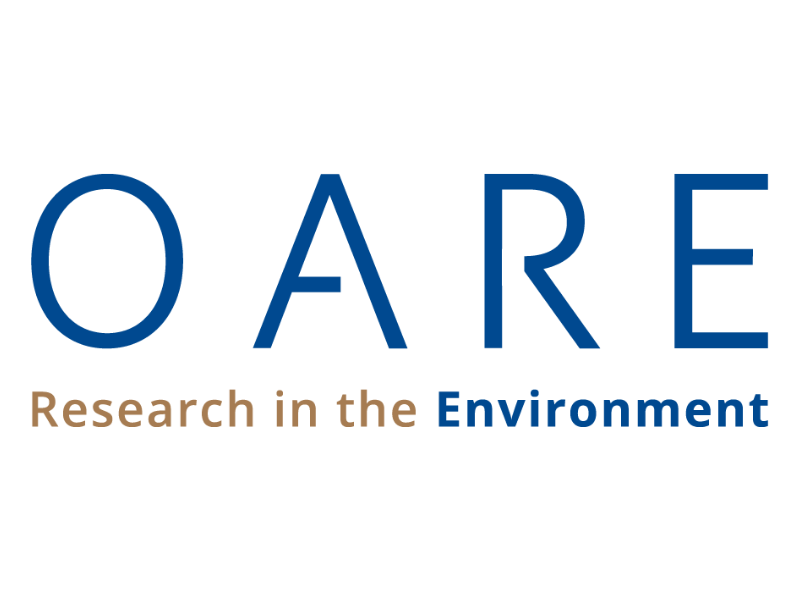Efecto del plasma seminal sobre el estado redox del semen equino criopreservado
Efecto del plasma seminal sobre el estado redox del semen equino criopreservado
Mostrar biografía de los autores
RESUMEN
Objetivo. Determinar el efecto del plasma seminal sobre la generación de especies reactivas de oxígeno (ERO) y la peroxidación lipídica de semen equino criopreservado y su asociación con parámetros de calidad seminal. Materiales y métodos. El semen de cinco caballos de la raza criollo colombiano (dos eyaculados cada uno), fue criopreservado mediante un protocolo de congelación rápida, empleando un diluyente leche-yema de huevo, suplementado con 0%, 10% y 20% de plasma seminal equino. En muestras de semen fresco y criopreservado se evaluó la generación de ERO y la peroxidación lipídica por espectrofluorimetría, y los parámetros de calidad seminal de movilidad progresiva, vitalidad e integridad de membrana, mediante microscopia de contraste de fase. Para el análisis estadístico se ajustaron modelos mixtos y se realizaron análisis de regresión y correlación. Resultados. Se hallaron promedios post-descongelación de movilidad progresiva, vitalidad e integridad de membrana de 37.8%±20.2, 50.6% ± 14.6 y 37.8% ± 15.5, respectivamente. Para el semen fresco y criopreservado suplementado con 0%, 10% y 20% de plasma seminal, los promedios de producción de ERO (URF) fueron de 13.34±10.7, 16.15 ± 13.5, 17.32 ± 16 y 22.98 ± 19.4, respectivamente; mostrando un incremento estadísticamente significativo (p≤0.05) en la producción de ERO por efecto de la criopreservación y la suplementación con plasma seminal. Los promedios de peroxidación lipídica (nmolMDA/ml) para estos mismos tratamientos, fueron de 0.41 ± 0.25, 0.72±0.37, 0.51 ± 0.29 y 0.47±0.26, respectivamente; mostrando una reducción significativa (p≤0.05) de la peroxidación lipídica del semen suplementado con 10% y 20% de plasma seminal, respecto al semen no suplementado (0%). Conclusiones. El plasma seminal reduce la peroxidación lipídica del semen equino criopreservado
Visitas del artículo 1120 | Visitas PDF
Descargas
- Ball, B. Oxidative stress, osmotic stress and apoptosis: Impacts on sperm function and preservation in the horse. Anim Reprod Sci 2008; 107:257-267. http://dx.doi.org/10.1016/j.anireprosci.2008.04.014
- Squires E, Keith S, Graham J. Evaluation of alternative cryoprotectants for preserving stallion spermatozoa. Theriogenology 2004; 62:1056–1065. http://dx.doi.org/10.1016/j.theriogenology.2003.12.024
- Mantovani R, Rota A, Falomo M, Bailoni L, Vincenti L. Comparison between glycerol and ethylene glycol for the cryopreservation of equine spermatozoa: semen quality assessment with standard analyses and with the hypoosmotic swelling test. Reprod Nutr Dev 2002; 42:217-226. http://dx.doi.org/10.1051/rnd:2002020
- Pesch S, Bostedt H, Failing K, Bergmann M. Advanced fertility diagnosis in stallion semen using transmission electron microscopy. Anim Reprod Sci 2006; 91:285-298. http://dx.doi.org/10.1016/j.anireprosci.2005.04.004
- Pommer A, Rutllant J, Meyers S. The role of osmotic resistance on equine spermatozoal function. Theriogenology 2002; 58(7):1373- 1384. http://dx.doi.org/10.1016/S0093-691X(02)01039-7
- Devireddy R, Swanlund D, Olin T, Vincente W, Troedsson M, Bischof J et al. Cryopreservation of equine sperm: optimal cooling rates in the presence and absence of cryoprotective agents determined using differential scanning calorimetry. Biol Reprod 2002; 66:222-231. http://dx.doi.org/10.1095/biolreprod66.1.222
- Burnaugh L, Sabeur K, Ball B. Generation of superoxide anion by equine spermatozoa as detected by dihydroethidium. Theriogenology 2007; 67:580-589. http://dx.doi.org/10.1016/j.theriogenology.2006.07.021
- Kankofer M, Kolm G, Aurich J, Aurich C. Activity of glutathione peroxidase, superoxide dismutase and catalase and lipid peroxidation intensity in stallion semen during storage at 5°C. Theriogenology 2005; 63:1354-1365. http://dx.doi.org/10.1016/j.theriogenology.2004.07.005
- Neild D, Gadella B, Colendrander B, Agüero A, Brouwers J. lipid peroxidation in stallion spermatozoa. Theriogenology 2002; 58:295-298. http://dx.doi.org/10.1016/S0093-691X(02)00799-9
- Isachenko E, Isachenko V, Katkov I, Rahimi G, Schoèndorf E, Allmann P et al. DNA integrity and motility of human spermatozoa after standard slow freezing versus cryoprotectant-free vitrification. Hum Reprod 2004; 19(44):932-939. http://dx.doi.org/10.1093/humrep/deh194
- Isachenko V, Isachenko E, Katkov I, Montag M, Dessole S, Nawroth F. Cryoprotectant-free cryopreservation of human spermatozoa by vitrification and freezing in vapor: effect on motility, DNA integrity, and fertilization ability. Biol Reprod 2004; 71:1167-1173. http://dx.doi.org/10.1095/biolreprod.104.028811
- Cocchia N, Pasolinia M, Mancini R, Petrazzuolo O, Cristofaro I, Rosapane I et al. Effect of sod (superoxide dismutase) protein supplementation in semen extenders on motility, viability, acrosome status and ERK (extracellular signal-regulated kinase) protein phosphorylation of chilled stallion spermatozoa. Theriogenology 2011; 75: 1201–1210. http://dx.doi.org/10.1016/j.theriogenology.2010.11.031
- Baumber J, Ball B, Linfor J. Assessment of the cryopreservation of equine spermatozoa in the presence of enzyme scavengers and antioxidants. Am J Vet Res 2005; 66(5):772–779. http://dx.doi.org/10.2460/ajvr.2005.66.772
- Baumber J, Ball B. Determination of glutathione peroxidase and superoxide dismutase-like activities in equine spermatozoa, seminal plasma, and reproductive tissues. Am J Vet Res 2005; 66:1415-1419. http://dx.doi.org/10.2460/ajvr.2005.66.1415
- Ball B, Gravance C, Medina V, Baumber J. Liu I. Catalase activity in equine semen. Am J Vet Res 2000; 61(9):1026–1030. http://dx.doi.org/10.2460/ajvr.2000.61.1026
- Baumber J, Ball B, Gravance C, Medina V, Davies-Morel M. The effect of reactive oxygen species on equine sperm motility, viability, acrosomal integrity, mitochondrial membrane potential and membrane lipid peroxidation. J Androl 2000; 21(6):895-902.
- Brito L, Greene L, Kelleman A, Knobbe M, Turner R. Effect of method and clinician on stallion sperm morphology evaluation. Theriogenology 2011; 76:745–750. http://dx.doi.org/10.1016/j.theriogenology.2011.04.007
- Graham J, Mocé E. Fertility evaluation of frozen/thawed semen. Theriogenology 2005; 64:492-504. http://dx.doi.org/10.1016/j.theriogenology.2005.05.006
- Neild D, Chaves G, Flores M, Mora N, Beconi M, Agüero A. Hypoosmotic test in equine spermatozoa. Theriogenology 1999; 51:721-727. http://dx.doi.org/10.1016/S0093-691X(99)00021-7
- Henry M, Snoeck P, Cottorello A. Postthaw spermatozoa plasma integrity and motility of stallion semen frozen with different cryoprotectants. Theriogenology 2002; 58:245:248.
- Perez-Osorio J, Mello F, Juliani G, Lagares M, Lago L, Henry, M. Effect on post-thaw viability of equine sperm using stepwise addition of dimethyl formamide and varying cooling and freezing procedures. Anim Reprod 2008; 5(3/4):103-109.
- Bustamante I, Pederzolli C, Sgaravatti A, Gregory R, Dutra C, Jobim M etal. Skim milkegg yolk based semen extender compensates for non-enzymatic antioxidant activity loss during equine semen cryopreservation. Anim Reprod 2009; 6(2):392-399.
- Medeiros A, Gomes G, Carmo M, Papa F, Alvarenga M. Cryopreservation of stallion sperm using different amides. Theriogenology 2002; 58:273-276. http://dx.doi.org/10.1016/S0093-691X(02)00898-1
- Guthrie H, Welch G. Determination of intracellular reactive oxygen species and high mitochondrial membrane potential in Percolltreated viable boar sperm using fluorescenceactivated flow cytometry. J Anim Sci 2006; 84:2089-2100. http://dx.doi.org/10.2527/jas.2005-766
- Morte M, Rodríguez A, Soares D, Rodrigues A, Gamboa S, Ramalho-Santos J. The quantification of lipid and protein oxidation in stallion spermatozoa and seminal plasma: Seasonal distinctions and correlations with DNA strand breaks, classical seminal parameters and stallion fertility. Anim Reprod Sci 2008; 106(1-2):36-47.
- Salazar J, Teague S, Love C, Brinsko S, Blanchard T, Varner D. Effect of crypreservation protocol on postthaw characteristics of stallion sperm. Theriogenology 2011; 76:409-418. http://dx.doi.org/10.1016/j.theriogenology.2011.02.016
- Moore A, Squires E, Graham J. Effect of seminal plasma on the cryopreservation of equine. Theriogenologyy 2005; 63:2372-2381.
- http://dx.doi.org/10.1016/j.theriogenology.2004.05.032
- Lozano Benito D, Gil Huerta L, Álvarez San Martín C. Efecto de la adición de plasma seminal en el semen equino descongelado. Sanid mil 2011; 67(3):284-290. http://dx.doi.org/10.4321/S1887-85712011000400005
- Katila T, Anderson M, Reilas T, Koskinen E. Post-thaw motility and viability of fractionated and frozen stallion ejaculates. Theriogenology 2002; 58:241-244. http://dx.doi.org/10.1016/S0093-691X(02)00783-5
- Alghamdi A, Foster D, Troedsson M. Equine seminal plasma reduces sperm binding to polymorphonuclear neutrophils (PMNs) and improves the fertility of fresh semen inseminated into inflamed uteri. Reproduc 2004; 127(5):593-600. http://dx.doi.org/10.1530/rep.1.00096
- Novak S , Smith T, Paradis F, Burwash L, Dyck M, Foxcroft G. Biomarkers of in vivo fertility in sperm and seminal plasma of fertile stallions. Theriogenology 2010; 74:956–967. http://dx.doi.org/10.1016/j.theriogenology.2010.04.025
- Pessanha M, Straggiotti J, Fagundes B, Costa J, De Souza G, Shimoya A. Efeito de proteínas do plasma seminal eqüino com massa superior a 10 kDa concentradas 10 vezes sobre a congelabilidade do sêmen. R Bras Zootec 2008; 37(12):2115-2119. http://dx.doi.org/10.1590/S1516-35982008001200006
- Vasconcelos A, Santana M, Santos A, Santero M, Lagares M. Metabolic evaluation of cooled equine spermatozoa. Androl 2010; 42:106–111. http://dx.doi.org/10.1111/j.1439-0272.2009.00963.x
- Weir C, Robaire B. Spermatozoa have decreased antioxidant enzymatic capacity and increased reactive oxygen species production during aging in the Brown Norway rat. J Androl 2007; 28:229-240. http://dx.doi.org/10.2164/jandrol.106.001362
- Brum A, Sabeur K, Ball B. Apoptotic-like changes in equine spermatozoa separated by density-gradient centrifugation or after cryopreservation. Theriogenology 2008; 69:1041-1055. http://dx.doi.org/10.1016/j.theriogenology.2008.01.014
- Aitken RJ, Paterson M, Fisher H, Buckingham DW, Van Duin M. Redox regulation of tyrosine phosphorylation in human spermatozoa and its role in the control of human sperm function. J Cell Sci 1995; 108:2017–2025.
- Villa N, Casta-o D, Duque P, Ceballos A. Actividad de la glutatión peroxidasa y la superóxido dismutasa en sangre y plasma seminal en caballos colombianos. Rev Colomb Cienc Pecu 2012; 25:64-70.
- Koskinen E, Karlsson M, Reilas T, Sankari S, Esala A, Katila T. Catalase activity and total protein in fractionated stallion seminal plasma. Theriogenology 2002; 58:337-340. http://dx.doi.org/10.1016/S0093-691X(02)00767-7
- Baumber J, Ball B, Linfor J, Meyers S. Reactive oxygen species and cryopreservation promote DNA fragmentation in equine Spermatozoa. J Androl 2003; 24(4):621-628. http://dx.doi.org/10.1002/j.1939-4640.2003.tb02714.x























